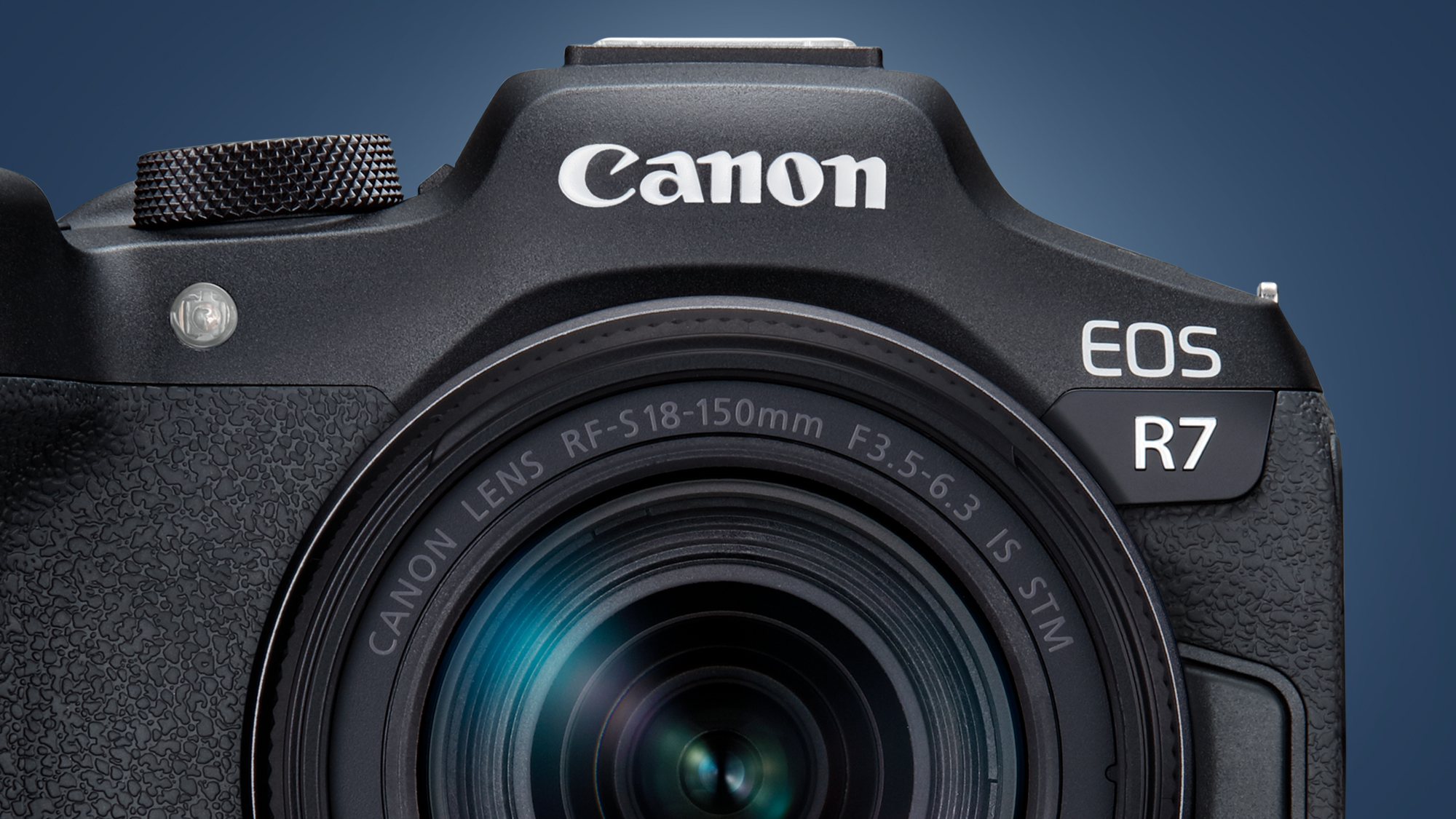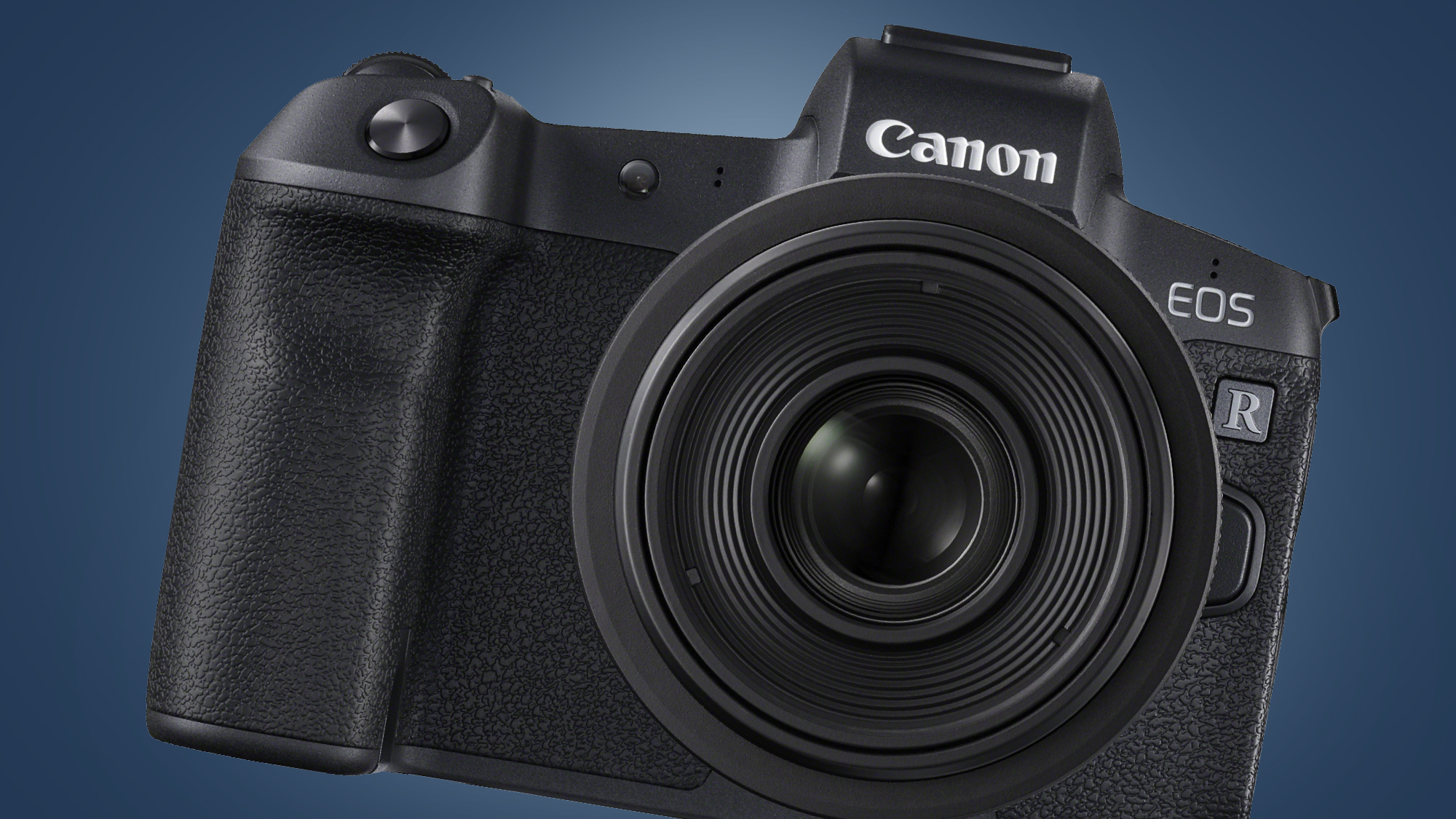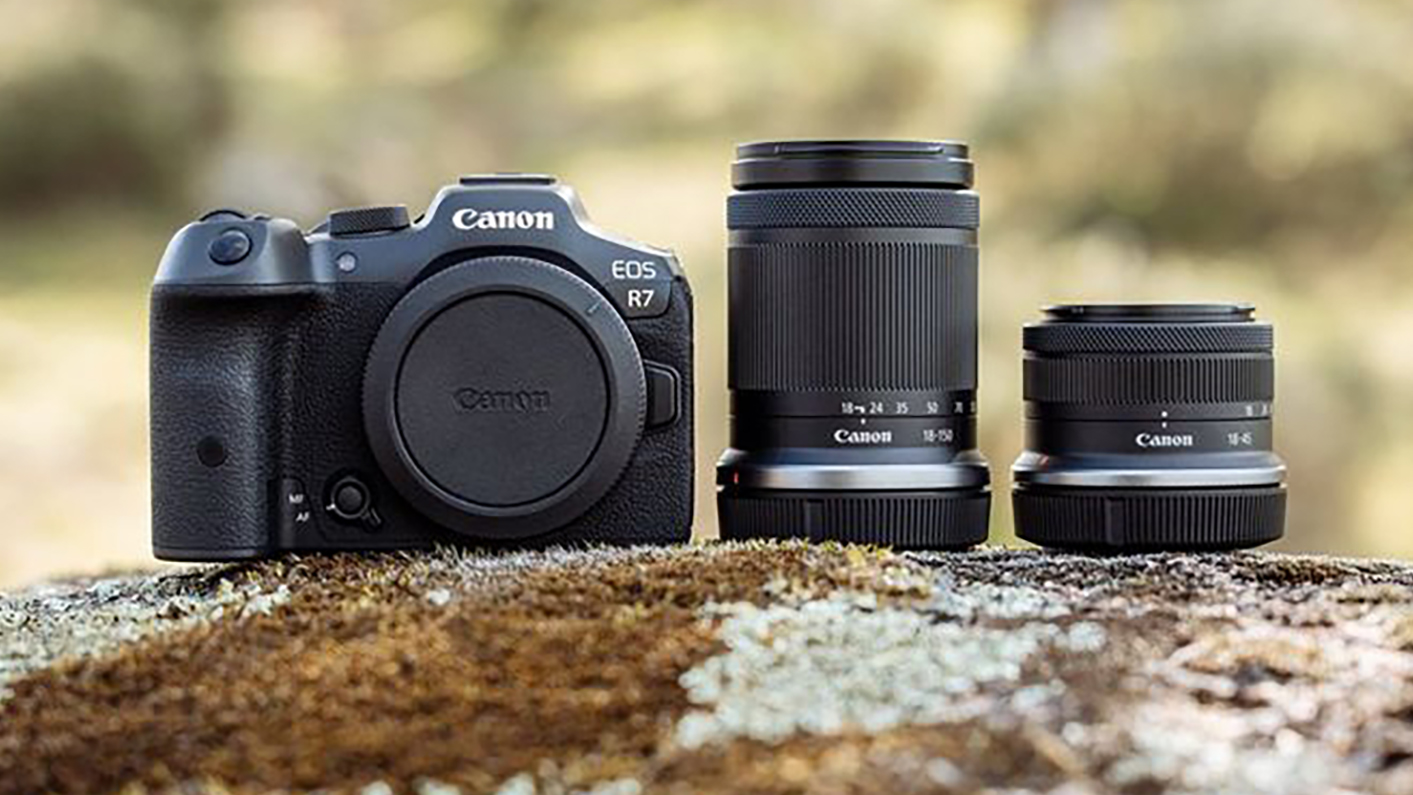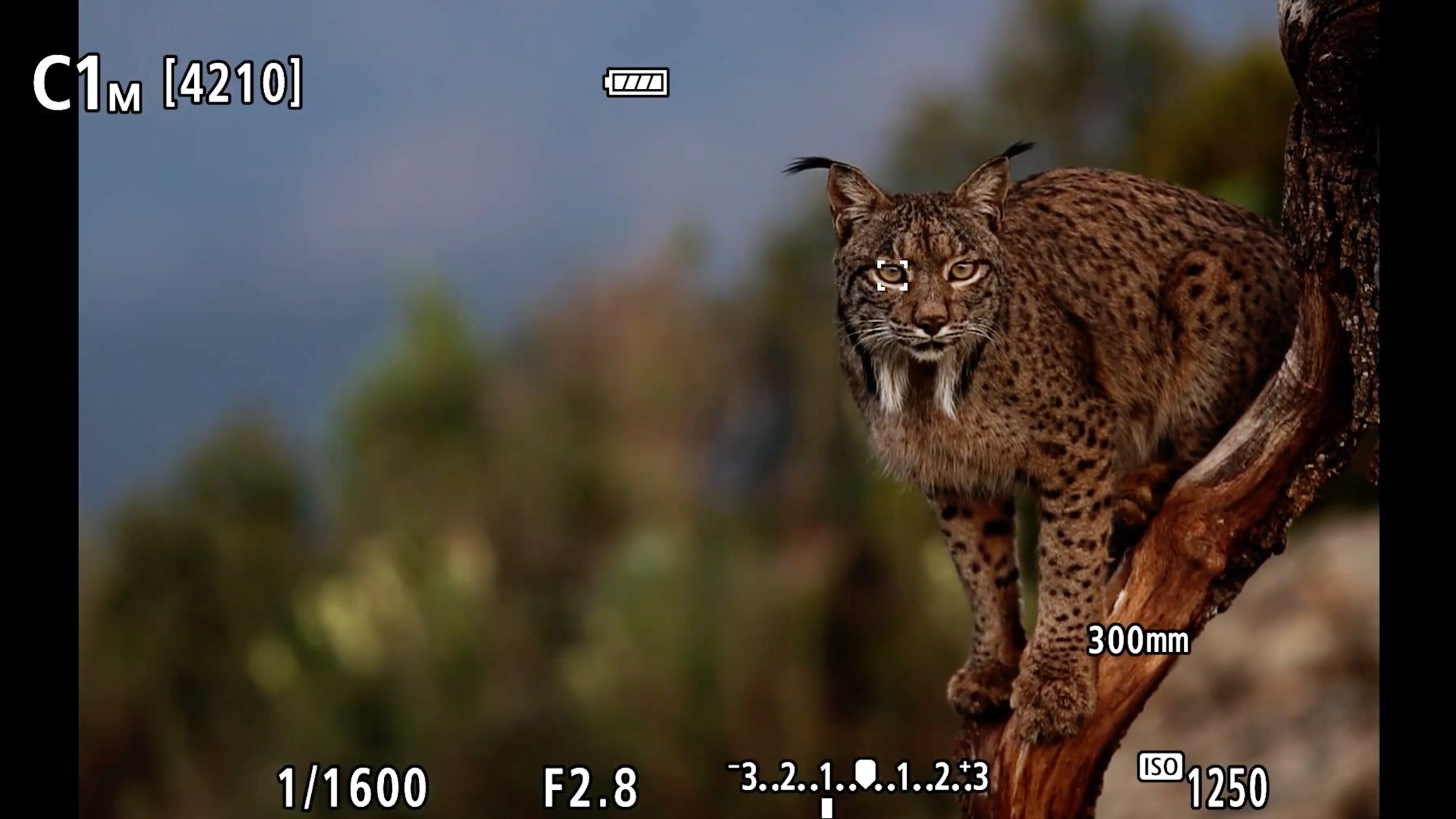Canon EOS R7 is the first camera that's made me seriously consider mirrorless
I finally feel I can say goodbye to my Canon DSLRs

I haven’t got my hands on the newly announced Canon EOS R7 yet, but I’m already convinced I need it in my life.
I’ve been a Canon girl pretty much from the start of my photography journey, going from the Canon EOS 600D to learn some basic skills, then the EOS 7D Mark II, followed by the EOS 6D Mark II, which is my current go-to snapper.
The temptation to upgrade to the RF mount has been nipping at my heels ever since the first EOS R launched in 2018, but there just wasn’t enough innovation incentive to make the jump back then.

And then came the Canon EOS R5 and the R6: the former was too expensive (and a touch overkill) for me, while the latter didn’t have enough sensor resolution to tempt me away from my EOS 6D Mark II. A 32MP mirrorless full-framer with the speed and autofocus performance of the newer R-series models is what I was holding out for.
Instead, Canon gave us a 32MP APS-C format camera, one that combines the speed, precision and stability of its pro-level cameras with a very reasonable price tag. As our Canon EOS R7 review shows, that's a great combination in practice. And I’m perfectly happy dropping down a sensor size because of the advantages it affords those of us keen on nature photography.
Small size, small price
My decision to get a full-frame DSLR was based on the idea that I would like to try more nighttime photography. Turns out, I didn’t quite take to it, so dropping back to an APS-C sensor size makes absolutely no difference to me.
I’m partial to nature photography – landscapes, wildlife, macros – and, for that, the smaller sensor is perfect. I can’t complain about the images I got with my 7D II, and sensor technology has come a long way since then, so size really doesn’t matter to me.
Sign up for breaking news, reviews, opinion, top tech deals, and more.

I also love to go on hikes (what we Aussies call ‘bushwalks’) and carrying a bulky kit around is tedious to say the least. The size and weight advantage that the EOS R7 will give me… I think my body would thank me for that! Here’s a quick comparison: the 7D Mark II body weighs 910g with a battery, while the 6D Mark II comes in at 765g, and Canon lists the R7 at just 612g with a battery and memory cards.
The EF lenses I use aren’t lightweights either but I’m willing to hold on to one or two (particularly the EF 70-200mm f/2.8L III) to use with the R7 via an adaptor, and perhaps include an RF lens to my kit… until Canon adds more native RF-S lenses to its catalogue. Even if I do opt for the R7 kit with new RF-S 18-150mm lens, the package is a lot cheaper than the body-only price of the R6.
I've considered jumping ship to different brand too – I was quite impressed with the Fujifilm X-S10 – but having to switch over to a whole new lens ecosystem put a hard stop to the idea.
Affordable pro-level skills
The way Canon introduced the R7 during the Australian media briefing was – and I’m paraphrasing here – “the R5 without the 8K video”. That said it all.
Now, I don’t consider myself a pro photographer – I love to take pictures but I don’t make money from them. So, while I don’t need a pro-level camera, I won’t say no to those high-end specs if I can get them at a lower price.
As someone who loves wildlife photography (and has recently developed a taste for sports photography too), the R7’s max 30fps continuous shooting speed – with face, eye and body tracking – is a big tick. How the buffer memory is going to hold up at such high speeds is yet to be determined, but I'm hoping it would be just enough for my needs.

It’s not just the speed that’s tempting me, it’s also the precision it’s inheriting from the higher-end Canon R-series cameras thanks to Dual Pixel CMOS II autofocus system. There's fewer AF zones here as compared to the R5 and R6, but 651 is still quite impressive for an enthusiast-level camera.
I’ve tested all of Canon’s R-series cameras (except the R3) and I know just how impressive the R5 and R6 are, but they weren’t quite right for me. With the R7, however, I feel like I can finally put away my old DSLRs and make the mirrorless switch as there’s finally a camera that (almost) perfectly caters to me.

While she's happiest with a camera in her hand, Sharmishta's main priority is being TechRadar's APAC Managing Editor, looking after the day-to-day functioning of the Australian, New Zealand and Singapore editions of the site, steering everything from news and reviews to ecommerce content like deals and coupon codes. While she loves reviewing cameras and lenses when she can, she's also an avid reader and has become quite the expert on ereaders and E Ink writing tablets, having appeared on Singaporean radio to talk about these underrated devices. Other than her duties at TechRadar, she's also the Managing Editor of the Australian edition of Digital Camera World, and writes for Tom's Guide and T3.